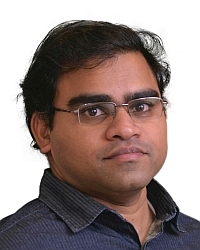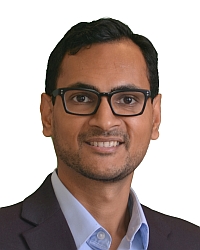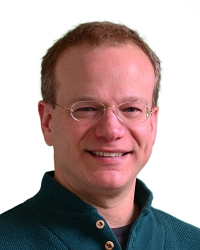TR2023-010
Discriminative 3D Shape Modeling for Few-Shot Instance Segmentation
-
- , "Discriminative 3D Shape Modeling for Few-Shot Instance Segmentation", IEEE International Conference on Robotics and Automation (ICRA), DOI: 10.1109/ICRA48891.2023.10160644, May 2023, pp. 9296-9302.BibTeX TR2023-010 PDF Presentation
- @inproceedings{Cherian2023may,
- author = {Cherian, Anoop and Jain, Siddarth and Marks, Tim K. and Sullivan, Alan},
- title = {{Discriminative 3D Shape Modeling for Few-Shot Instance Segmentation}},
- booktitle = {IEEE International Conference on Robotics and Automation (ICRA)},
- year = 2023,
- pages = {9296--9302},
- month = may,
- publisher = {IEEE},
- doi = {10.1109/ICRA48891.2023.10160644},
- url = {https://www.merl.com/publications/TR2023-010}
- }
- , "Discriminative 3D Shape Modeling for Few-Shot Instance Segmentation", IEEE International Conference on Robotics and Automation (ICRA), DOI: 10.1109/ICRA48891.2023.10160644, May 2023, pp. 9296-9302.
-
MERL Contacts:
-
Research Areas:
Abstract:
In this paper, we present a simple and efficient scheme for segmenting approximately convex 3D object in- stances in depth images in a few-shot setting via discriminatively modeling the 3D shape of the object using a neural network. Our key idea is to select pairs of 3D points on the depth image between which we compute surface geodesics. As the number of such geodesics is quadratic in the number of image pixels, we can create a large training set of geodesics using only very limited ground truth instance annotations. These annotations are used to create a binary label for each geodesic, which indicates whether or not that geodesic belongs entirely to one instance segment. A neural network is then trained to classify the geodesics using these labels. During inference, we create geodesics from selected seed points in the test depth image, then produce a convex hull of the points that are classified by the neural network as belonging to the same instance, thereby achieving instance segmentation. We present experiments ap- plying our method to segmenting instances of food items in real-world depth images. Our results demonstrate promising performances compared to prior methods in accuracy and computational efficiency.
Related News & Events
-
NEWS MERL Researchers Present Thirteen Papers at the 2023 IEEE International Conference on Robotics and Automation (ICRA) Date: May 29, 2023 - June 2, 2023
Where: 2023 IEEE International Conference on Robotics and Automation (ICRA)
MERL Contacts: Anoop Cherian; Radu Corcodel; Siddarth Jain; Toshiaki Koike-Akino; Tim K. Marks; Daniel N. Nikovski; Arvind Raghunathan; Diego Romeres
Research Areas: Computer Vision, Machine Learning, Optimization, RoboticsBrief- MERL researchers will present thirteen papers, including eight main conference papers and five workshop papers, at the 2023 IEEE International Conference on Robotics and Automation (ICRA) to be held in London, UK from May 29 to June 2. ICRA is one of the largest and most prestigious conferences in the robotics community. The papers cover a broad set of topics in Robotics including estimation, manipulation, vision-based object recognition and segmentation, tactile estimation and tool manipulation, robotic food handling, robot skill learning, and model-based reinforcement learning.
In addition to the paper presentations, MERL robotics researchers will also host an exhibition booth and look forward to discussing our research with visitors.
- MERL researchers will present thirteen papers, including eight main conference papers and five workshop papers, at the 2023 IEEE International Conference on Robotics and Automation (ICRA) to be held in London, UK from May 29 to June 2. ICRA is one of the largest and most prestigious conferences in the robotics community. The papers cover a broad set of topics in Robotics including estimation, manipulation, vision-based object recognition and segmentation, tactile estimation and tool manipulation, robotic food handling, robot skill learning, and model-based reinforcement learning.


